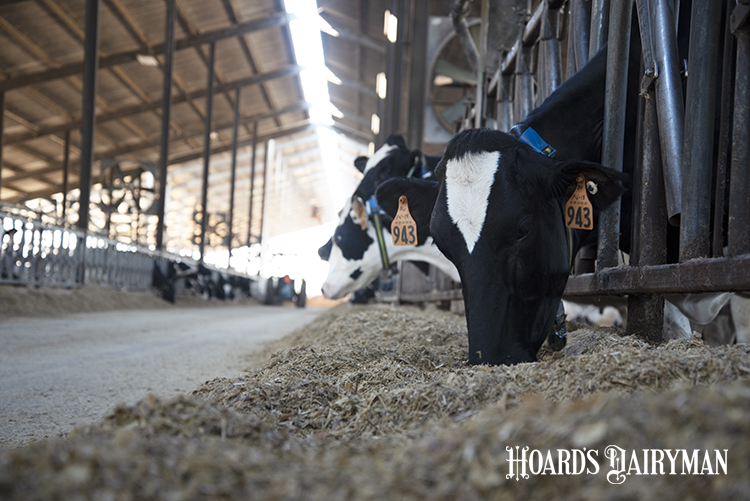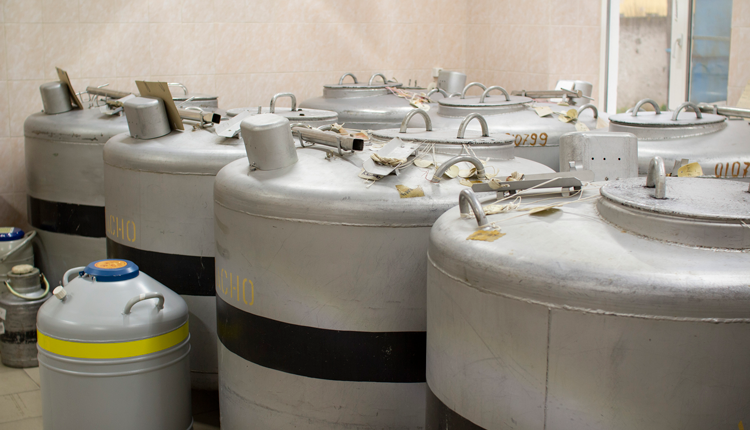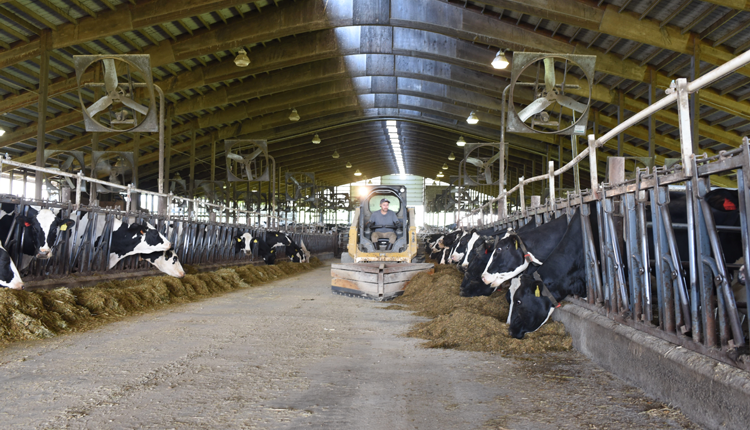
As corn silage and fourth crop haylage are being packed into bunkers, piles, and silos, now is a good time to be thinking about ways to reduce feed losses in the year ahead. That was the topic of discussion during a recent Iowa State Extension “Dairy News and Views” podcast.
Ethan Wise of Foresight Farms in Decorah, Iowa, shared a few practices they implemented on their farm to help reduce shrink. When it comes to understanding the value of feed, Wise said, “Probably one of the biggest problems is the gap between management and who is doing the mixing, and that person knowing what that feed costs.”
To get everyone on the same page, details about costs and shrink are addressed right away. “As part of the onboading process, we walk though how those costs multiply, and how a percent of loss here or there really adds up.”
Wise noted that feed management software also helps show how valuable every pound of feed is. Their farm’s software uses cellular data, so updates are made instantaneously during the feed mixing process. They are also able to make changes on the fly, Wise said. “With today’s feed costs, it pays for itself extremely quickly,” he shared.
Feeding is an important job, and at Foresight Farms, they have adopted a mentality to not disrupt the feeders’ rhythm.
“Something we have tried to do that doesn’t take a lot of effort is not interrupting the feeders while they are feeding,” Wise explained. “This lets them get feed in front of cattle, and lets them do their job.
Facing the bunk is another element of feed preservation. Wise noted the variation that can be found across the feed’s face and how they use facing and feed comingling to handle this variation. The farm’s nutritionist, Jordan Hunt of GPS Consulting, emphasized the importance of face management.
“Defacing the silage, it just has to happen,” said Hunt. If done incorrectly, it can impact the bunk for the next week or more. “It compromises the feed, and a cascade of events can happen from there,” he noted.
To reduce shrink, Hunt said that feed mixing in areas that are not exposed to wind or other weather elements will help a lot. He also highlighted the importance of smooth surfaces to drive equipment on. Pavement doesn’t last forever, Hunt reminded the listeners, and eroded areas can cause tractors and mixers to jolt, dropping feed as they go. “Those things accumulate over a year’s time and contribute to shrink,” he said.
Wise agreed, and added that smooth, level surfaces also help with loading time.
The dairy producer is also passionate about maintaining the overall appearance and cleanliness of the feeding equipment and feeding area. “It might not add function, but the overall look helps people have pride in their job,” he said. For example, a few years ago they started stacking the tires as they come off the pile. It looks better, he said, and makes the job cleaner when replacing the tires after the next harvest. Little details like this add up to the overall feed management at their dairy.
All the while, Wise said they aim to have a lean mentality around the mixing center. “We are always trying to drive that cost per ton of mixing and delivering down; we always have to be cognizant of those costs,” he said.





